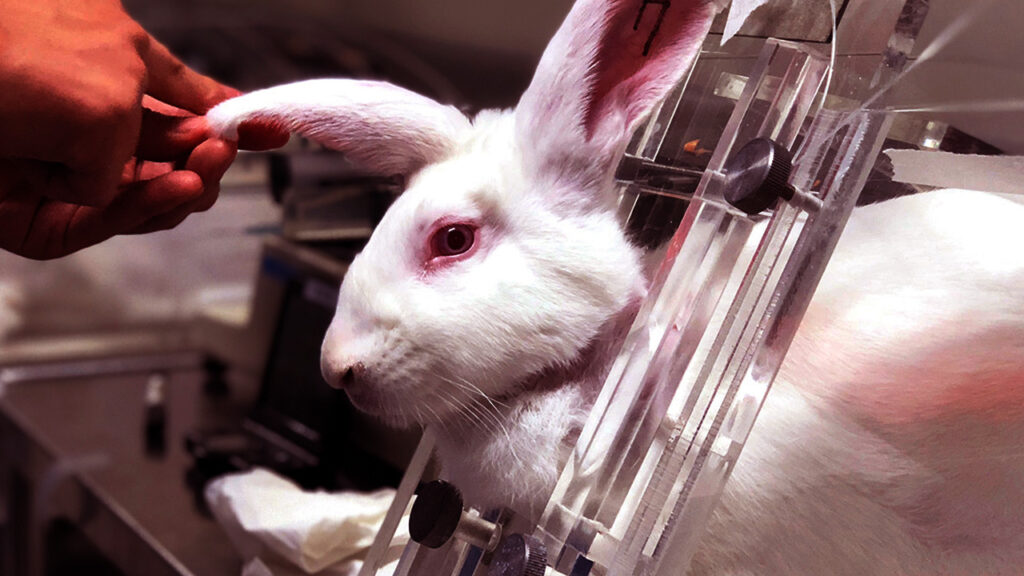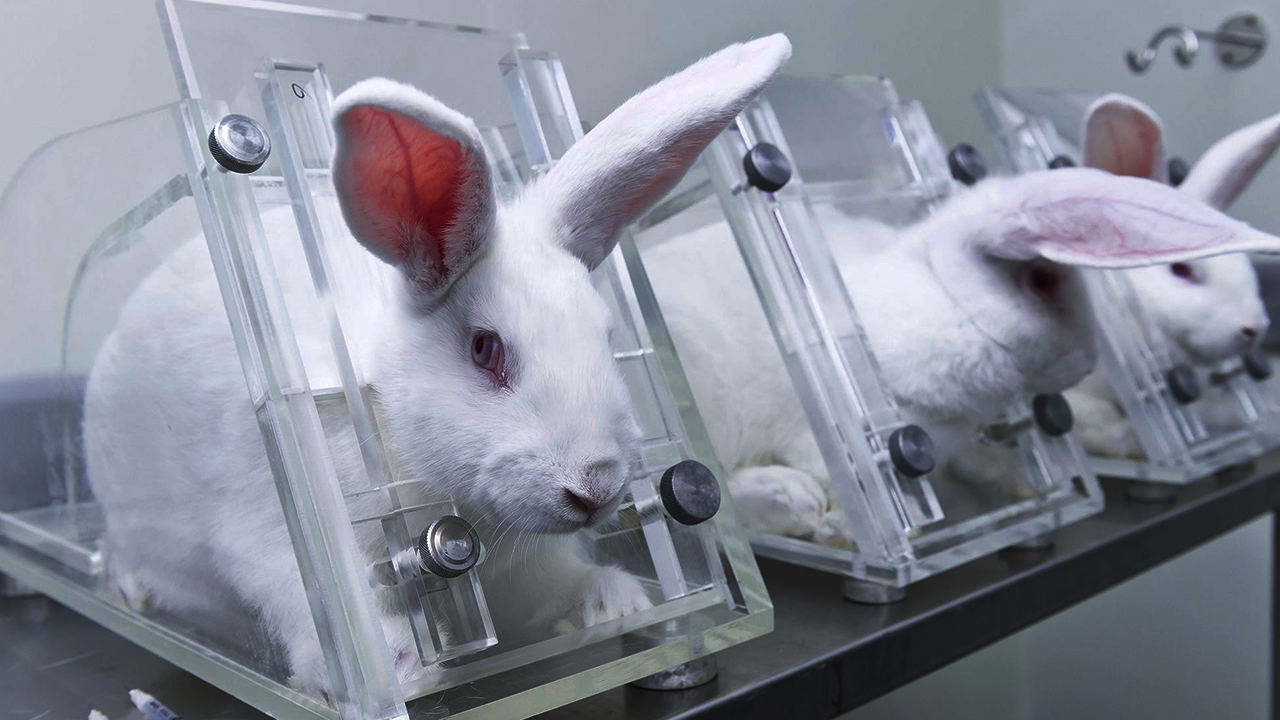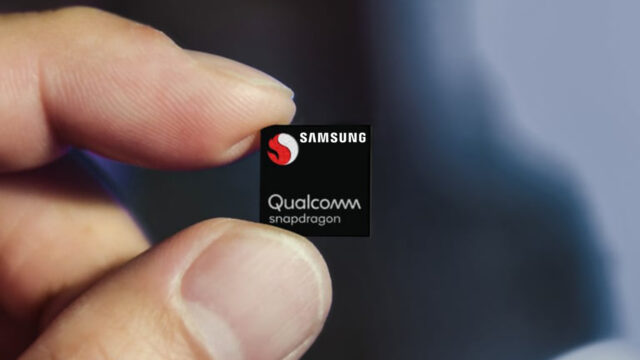Animal testing is used to determine whether drugs and other substances are safe for human use. However, this process is both ethically problematic and time and resource consuming. For these reasons, researchers have been looking for alternatives to animal testing for many years. Rapidly developing artificial intelligence systems are promising by accelerating studies in this field.
How can artificial intelligence be an alternative to animal testing?
Artificial intelligence scans all existing global animal test results, making new tests unnecessary. “AI models are very exciting in terms of extracting and synthesizing existing data,” says Joseph Manuppello, senior research analyst at the Physicians Committee of Responsible Medicine. “AI is as good or better than humans at extracting information from scientific papers,” adds Thomas Hartung, professor of toxicology at Johns Hopkins University.

The need to test new chemicals is one of the main reasons for animal testing, Hartung said. More than 1,000 new compounds enter the market each year, waiting to be tested. Artificial intelligence systems are beginning to have the ability to determine the toxicity of a new chemical. “It will be very useful to be able to do a preliminary assessment at the push of a button, to be able to say there’s a problem here,” says Hartung. He also notes that there has been a huge leap in the power and accuracy that AI provides in toxicology testing.
AI is also being used in the development of new drugs. However, AI systems are not perfect at determining chemical safety and have data bias issues. For example, if an AI system is mostly trained with health data from one ethnic group, it may not produce favorable results for other ethnic groups. In addition, testing human medicines in animals can sometimes be useless. The arthritis drug Vioxx, for example, passed animal tests but was withdrawn after it was found to increase the risk of heart attacks and strokes in humans.
Artificial intelligence projects are being developed to avoid the need for future animal testing. The AnimalGAN project, developed by the US Food and Drug Administration, aims to determine how mice react to chemicals. The AI was trained with data from 6,442 real mice. (You can review the related study here.)
A similar international project, Virtual Second Species, aims to create an AI-powered virtual dog trained with historical dog test results. These projects could reduce the need for new drugs to be tested on mice and dogs before human trials.
One of the biggest future challenges for AI-based testing is gaining regulatory approval. Full acceptance will take time, says Cathy Vickers of the UK National Centre for the Replacement, Refinement and Reduction of Animals in Research. Emma Grange of Cruelty Free International argues that animal testing should be banned regardless of whether AI-powered alternatives are effective.
Kerstin Kleinschmidt-Dorr says animal testing cannot disappear immediately. “The use of animals is necessary and in many ways mandatory,” says Kleinschmidt-Dorr, chief veterinarian at the German pharmaceutical company Merck. However, they hope to find better solutions in the future that do not require animal testing.
As a result, artificial intelligence has the potential to replace animal testing, and work in this area is progressing rapidly. However, it will take time for this technology to be fully accepted and for animal testing to end completely. What do you think? Please don’t forget to share your thoughts with us in the comments section below.















